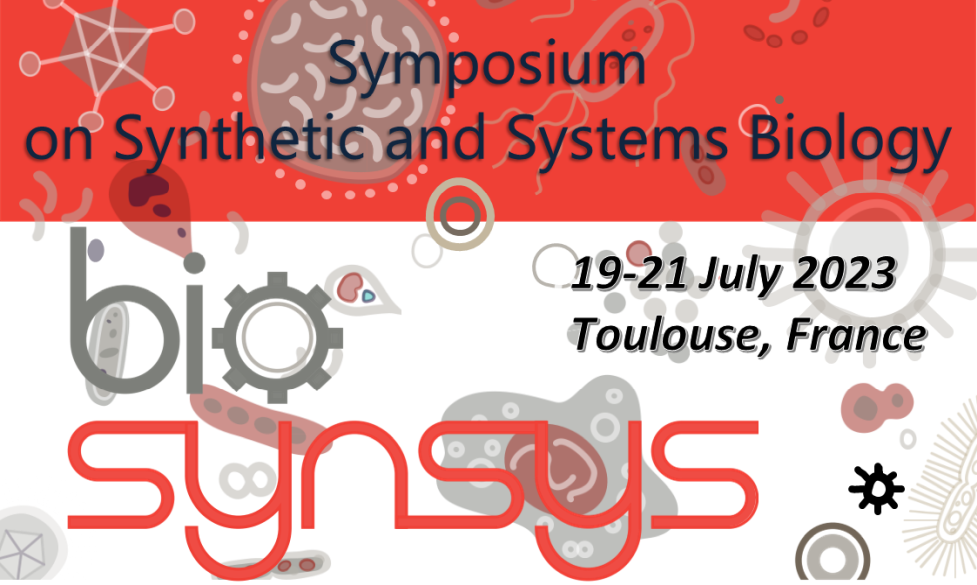Antimicrobial resistance (AMR) is a global health crisis, predicted to cause more deaths than cancer or diabetes by 2050. There is an urgent need to find alternative antimicrobials to overcome resistance. In this work, we present a cell-free synthetic biology strategy, to study Klebsiella pneumoniae (a major Gram-negative pathogen) and explore the relationship between antibiotic sensitivity and resistance. Specifically, this cell-free system provides a cytoplasmic milieux of over 900 distinct proteins, RNA species and metabolites, which we leverage to create a highly active cell-free gene expression (CFE) system. By screening an FDA-approved drug library, we demonstrate that the platform is amenable to high throughput screening, with high sensitivity, specificity, and low cost (<£0.01 per drug). In our study, we also compare K. pneumoniae to the main cell-free model, E. coli, showcasing the potential of CFE for studying priority pathogens. This synthetic biology approach allows us to identify antibiotics which are more potent inside the cell but have limited transport across the cell envelope. We also exploit this cell-free platform to study how laboratory-adapted single AMR mutants influence gene expression and resistance to specific antibiotics, thus providing a safe in vitro model to understand AMR mechanisms. As a key example, an RNA polymerase beta subunit H526L variant, conferred strong CFE resistance to rifampicin by displaying a 58-fold increase in IC50 in CFE. This mutation was previously identified in Mycobacterium tuberculosis. Overall, our work creates a new synergy between the distinct areas of antimicrobial resistance and synthetic biology to complement the study of infectious diseases.

|
|
|
|
A cell-free strategy for profiling of intracellular antibiotic sensitivity and resistance
1 : University of Kent [Canterbury]
2 : Queen Mary University of London
|
 PDF version
PDF version
